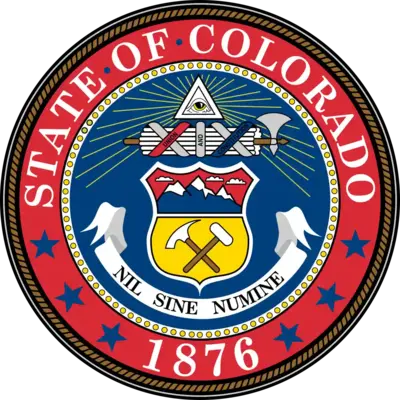Colorado Quitclaim Deed Form
If you have real property in Colorado and plan to transfer it by either selling it or gifting it to someone, you cannot escape signing various legal documents. One key thing to do is waive rights to the property and demonstrate that you no longer claim it, and you can do this using the Colorado Quitclaim Deed Form.
With a quitclaim deed, you can easily release the property and waive the rights to operate it. In the deed form, you will write your name as the grantor and the name of the property recipient ( the grantee).
It is worth mentioning that quitclaim deeds are used when parties trust each other and are familiar with each other. For instance, if married people decide to split up and set the rules about their property, or if a parent passes an estate to their child. Another example is business people transferring real property to their partners.
Build Your Document
Answer a few simple questions to make your document in minutes
Save and Print
Save progress and finish on any device, download and print anytime
Sign and Use
Your valid, lawyer-approved document is ready
A quitclaim deed form is a convenient and easy way to transfer property rights. The document usually contains only two pages, regardless of the state where you create it. Only the basics are written in such forms, for example:
- Information on the deal participants. This usually includes names and addresses; in some states, just names are enough. Also, both parties’ signatures are essential.
- The date. Each quitclaim document must be dated.
- The property’s description. Normally, it is reduced to the address, and you do not have to include anything else.
- The sum the grantor gets. In some cases, you get the money for the waiver of rights. You should reflect this detail in your template.
Besides adding these items to the document’s text, the involved parties also ask a notary public to sign and seal the form. Laws in several American states also demand witnesses to sign the paper.
Speaking of laws, each state has its views and norms about the form. Usually, they are easy to find and understand, and we have added the Colorado laws in our review, so you do not have to research by yourself.
Quitclaim Deed Laws and Requirements in Colorado
Laws
Title 38 of the Colorado Revised Statutes has all regulations linked to personal and real property. Notably, Article 30 and Article 35 mention the quitclaim deeds (Section 38-30-113) and requirements related to the topic.
Signing Requirements
Section 38-35-103 states that you have to ask for a notary acknowledgment when creating your quitclaim deed in Colorado.
Recording Requirements
As prescribed by Section 38-35-109.5, each deed signed in Colorado, including quitclaim deeds, has to be recorded in the recorder’s office. The office must be in the same county as the property. Signatories have one month from the date of signing to register their papers.
Format Requirements
The format to use is specified in Section 38-30-113(d) of the Colorado Revised Statutes.
Fees
Usually, applicants pay $13 to record the first page of their forms; every additional page requires an additional $5.
How to Fill Out and File a Quitclaim Deed in Colorado
With our instructions, you will be able to create your form in a couple of minutes. Check them out below.
Find the Form
You should get the template first. Our user-friendly form-building software will generate the Colorado Quitclaim Deed Form for you in seconds. Try using it to download the template effortlessly.
Write Your Address
After your form is recorded, you will need to receive it back. Add your address on the left-hand side so the clerks know where to mail the papers.
Date the Form
Write the date in the specified line.
Insert the Grantor’s and Grantee’s Info
You have to add their names and counties where they reside. Also, write the grantee’s full address besides the county.
Write the Grantee’s Name and the Property Location
In the form, write the grantee’s name again. Then, write the county where the estate is situated. Below this, add the grantee’s name once more.
Sign the Form
Remember that both grantors and grantees must sign the form. Notarization is also required.
Do not forget to register your deed within one month after signing the form. To finish the process, you have to bring the papers to the county recorder’s office in the county where the property is located.

Consider our document tool to customize any template available on FormsPal to your requirements. Here is a number of various other widely-used Colorado forms we offer.
Other Quitclaim Deed Forms by State